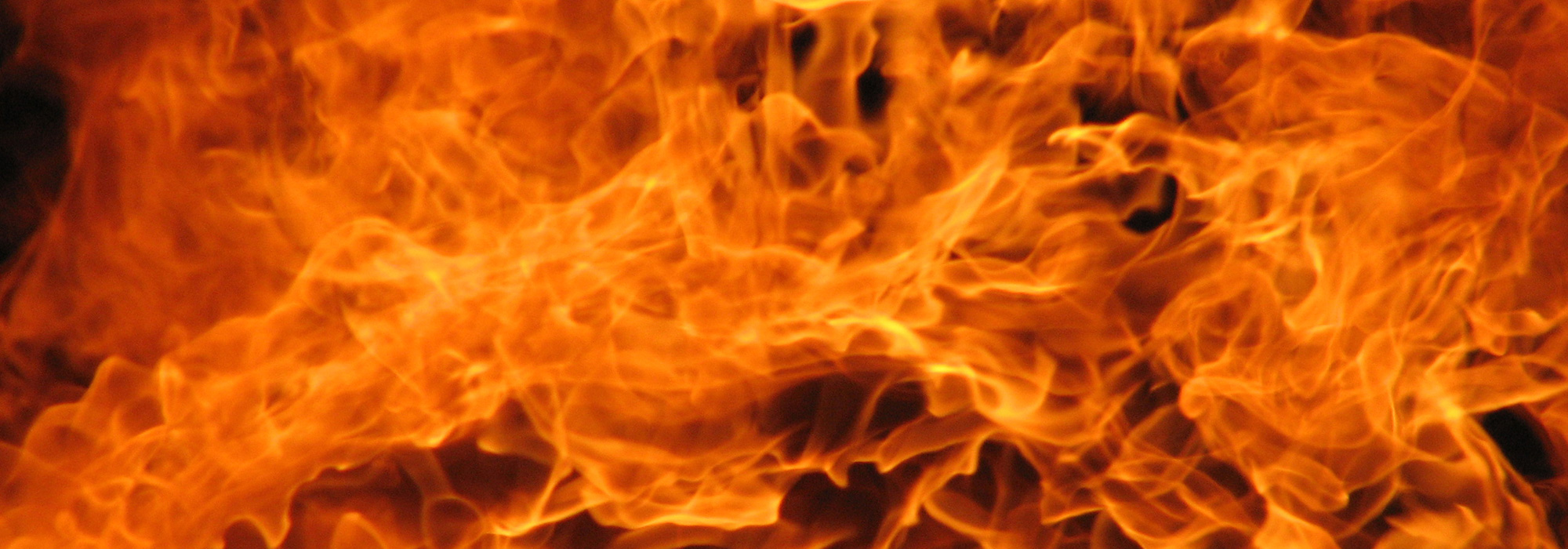
Creation’s Binding Force
Feast of the Exaltation of the Holy Cross. fr Fabian Radcliffe shows how the cross stands for both death and life.
When you see a building with a cross on it, you know at once that it is a Christian Church. The Cross is the most widely recognised symbol of Christianity. The seven-branched candlestick stands for Judaism, and the crescent for Islam. But the Cross is the sign of Christianity. And on the 14th September each year we celebrate the Exaltation of the Holy Cross.
There used to be two feasts of the Holy Cross in the liturgical year, the Finding of the Cross on 3 May, and the Exaltation of the Cross on 14 September. They commemorated respectively the discovery of the Cross in Jerusalem by St Helena in the 4th century, and the recovery of the Cross by the Emperor Heraclius in the year 629AD, after it had been carried away by the Persians. We cannot be certain about the days of the year when these things happened, but they were certainly historical events. Now the liturgical calendar has combined their celebration into one on 14 September.
The Cross is central to Christian faith. You will never find a Catholic Church without a cross, occasionally a plain cross, but most often a crucifix with the figure of the crucified Christ hanging on it. So, what does the Cross mean for us? What does it stand for? What moment in history does it bring before us? It was a moment (alas, one of many) when the religious and secular powers – in this case the Jewish and Roman – combined to condemn and execute an innocent man. As far as the powers were concerned, it was routine. Here was another religious and political fanatic, who was a threat to the stability of society and must be dealt with. Moreover, they had to do their job quickly because the Passover was imminent. They had no time to consider the case more carefully, even if they had wanted to do so.
What they could not see was that this man is the Son of God. Consequently, what they did was not just another routine execution. By their decision they committed the greatest sin imaginable: attempting to eliminate the man who was their God. As he was being nailed to the cross, Jesus said, ‘Father, forgive them, for they know not what they do’ (Luke 23: 34). And later, St Paul wrote: ‘if they had known they would not have crucified the Lord of Glory’ (1 Corinthians 2:8). They could not possibly understand the significance of what they were doing. But that does not make them guiltless. They knew he was innocent, and it can never be right to execute an innocent person. They did what they did from a mixture of motives, which is typical of fallen human beings. In the mind of his judges and executioners, Jesus’ crucifixion was a typical moral muddle, with all the confusion, uncertainty and twinges of conscience that we all experience.
But what was the meaning of the Cross in Jesus’ mind? It was the full and final expression of the love of God for his people and for his creation. He was born to be ‘God with us’, and he died as ‘God with us’. He will never take that back, no matter how we treat him, no matter what we do. He could have escaped from the cross. In the Garden he told his disciples that he could command twelve legions of angels to come to his aid. But if so, how would the Scriptures be fulfilled? (Matthew 26: 53-4). God knew that we would try to reject our Saviour. The Old Testament had made that quite clear. The history of Israel had been one of continual unfaithfulness. But the life and the death of Jesus is one of total faithfulness, the sacrificial offering of a human life lived with perfect love and self-giving, handed over to the Father: ‘into your hands I commend my spirit’ (Luke 23: 46). The cross is the conclusion of a life that is both fully human and totally divine.
In the single event of the crucifixion we can see at the same time both the depths of human sin and degradation, and the heights of God’s forgiveness, love and power. He came as one of us, to abide with us, and make present among us his love and forgiveness. He came not just restore to us the life that had been offered at the beginning, but to lead us even higher: to be with him, the Son, at the right hand of the Father.
Jesus’ human life ended on the cross. So the cross stands for both death and life. It displays the fact of Jesus’ death at our hands, because of our wickedness. It also displays God’s forgiving love, which can never be put off by our rebellion. As the hymn says:
O faithful cross, you stand unmoved, while ages run their course.
Foundation of the universe, creation’s binding force.
The crucifying of Jesus was a cruel and sinful execution of a totally innocent man. And what we do now to our fellow human beings is just the same as they did then to Jesus. ‘In as much as you did this to the least of these my brethren, you did it to me’ (Matthew 25: 31 – 46). At the same time what happened on the cross is unique because it was the death of God-made-man for our salvation. It is through that death, and the salvation it gained for us, that he can say: ‘You did it to me’.
Readings: Numbers 21:4-9|Philippians 2:6-11|John 3:13-17


